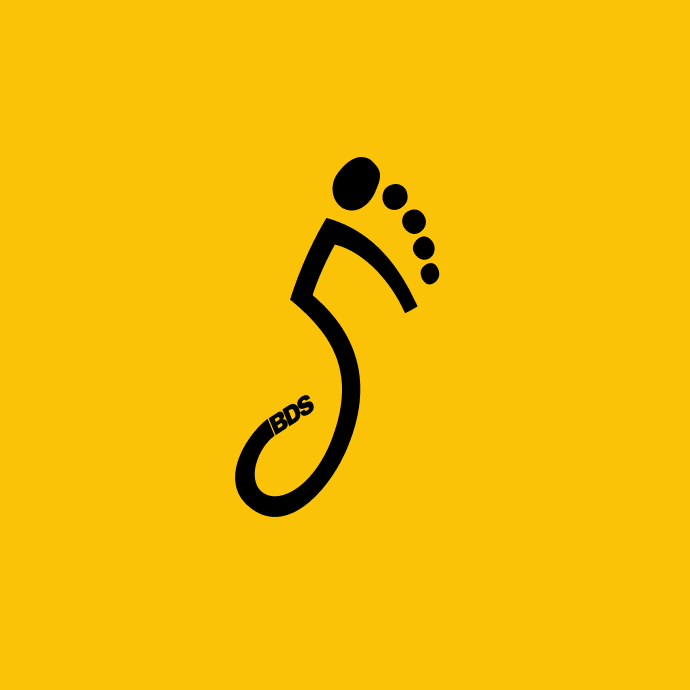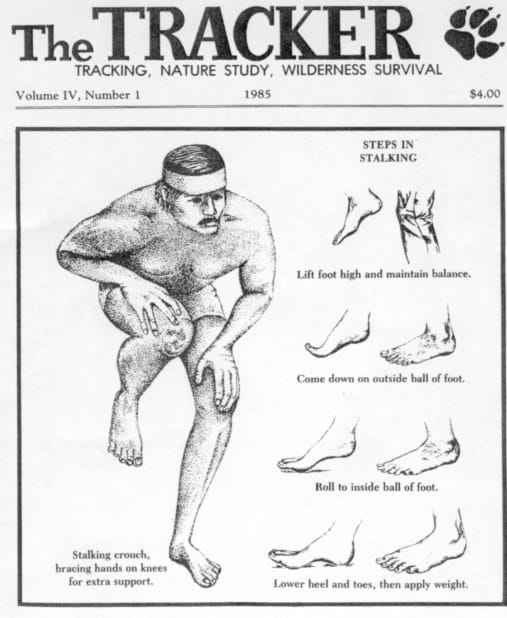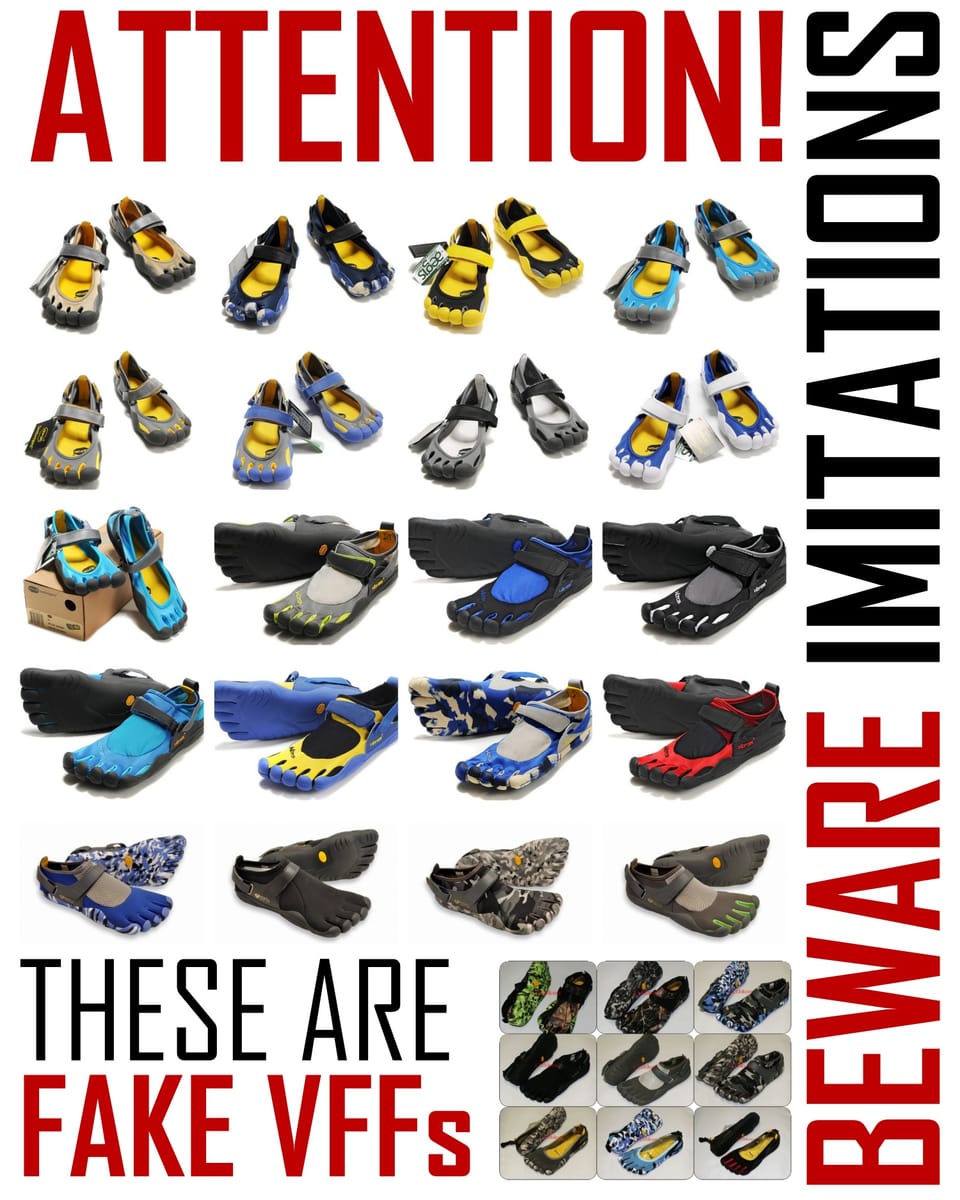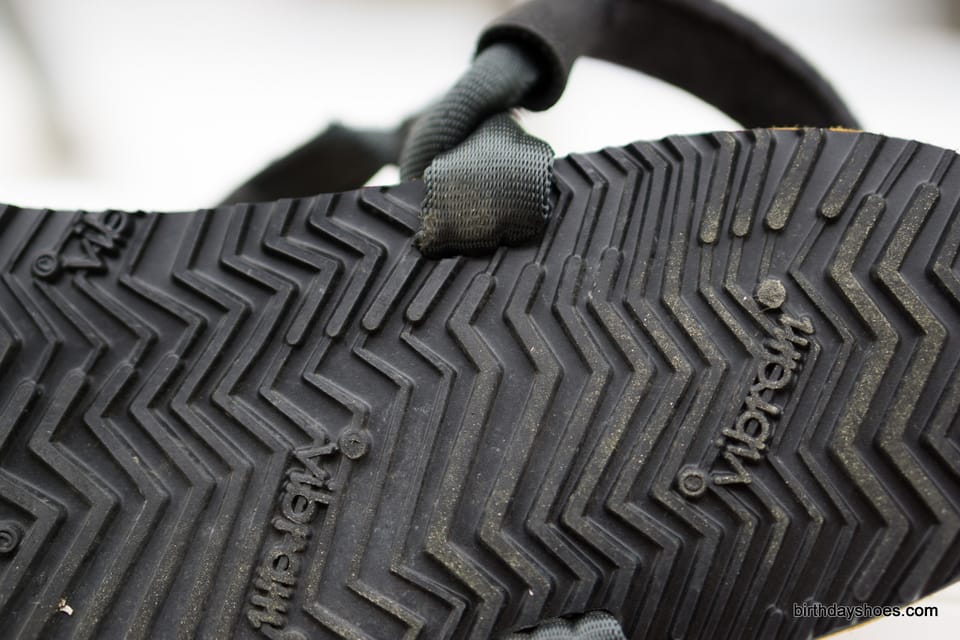Your daily steps: Strategies for more movement, every day
"10,000 steps per day" is a made-up myth, but setting a daily step goal (one you believe in) and learning habits, rituals, and strategies to meet that goal ... it can change your life. Use these smart ways to add movement to your day.
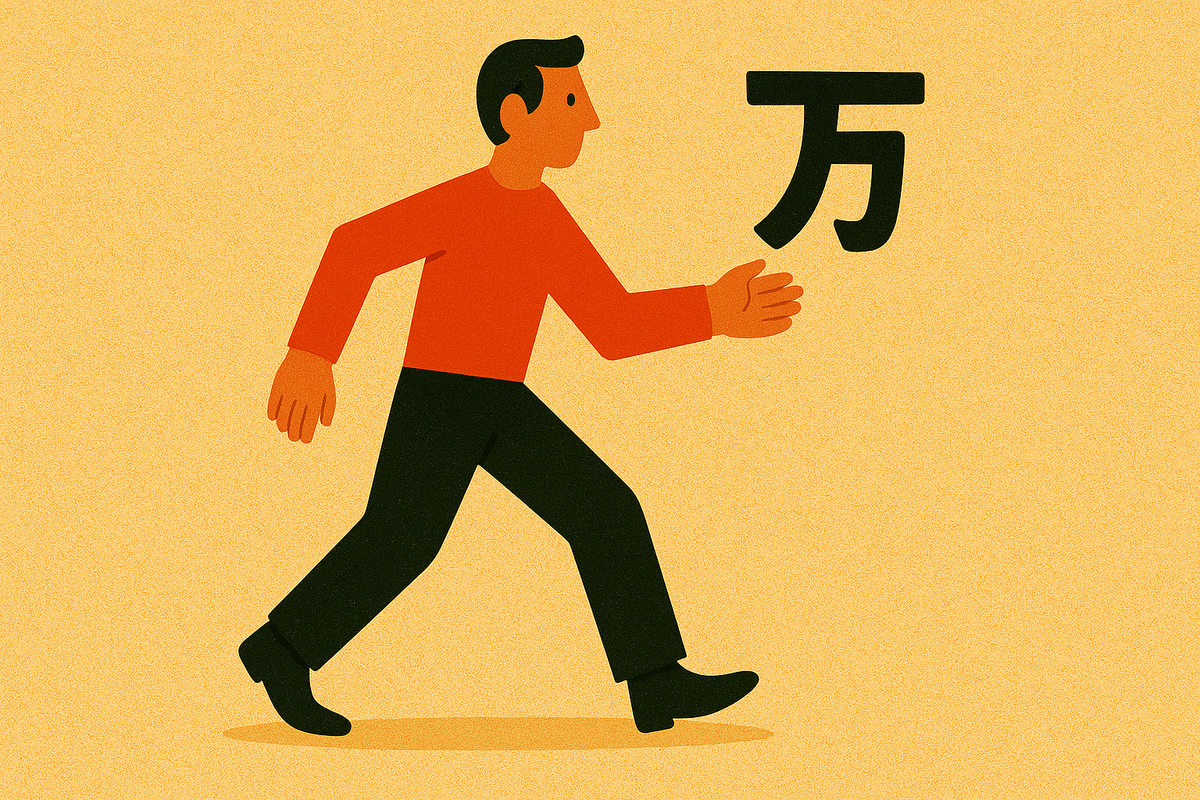
A goal of 10,000 steps a day is everywhere — on fitness trackers, in health blogs, and even in casual conversation. But the goal is a myth.
Yes, the whole "10,000 steps a day" as a way to improve your health is made-up. Turns out that in 1965, a Japanese company launched a pedometer called the “10,000-step meter,” named not for science but because the character for 10,000 (万) looks like a walking figure. This was a marketing ploy — and a genius one — because it created a benchmark most people know and millions chase.
The real surprise? Even though 10,000 steps a day is a myth, it kinda sorta works. Adding more movement to your day in the form of simply hitting more steps improves your health. Turns out the arbitrariness doesn’t matter.
Even if you don't like "10,000" (I didn't), you can set your own arbitrary steps per day goal — and maybe you should! Because setting your own daily, weekly, or annual step goal, even a made-up one, will challenge you to move more. Assuming you've set a step goal that's beyond your normal day-to-day movement, the next step is to figure out how to change your life to achieve it — more movement won't just happen.
For me, I set my own arbitrary benchmark a little over two years ago. My goal was to hit 13,700 steps every day, which would get me to 5 million steps in a year. It took 20 months and several failures, but I hit my 5,000,000 step goal last September. I've kept it going ever since. What I learned during this process was the power of the goal. 13,699 steps every day wouldn't just happen. I needed to learn a few things to change my lifestyle.
So that's what I did. I tinkered and experimented, discovering strategies to add steps to my day. Fast-forward, walking and even running have become part of my process — added to my own personal fitness religion.
I had to figure it out. Because your benchmark will be your own, you'll have to find your own approach. But if you pursue it, the result will be a toolbox of daily practices and rituals that lead to more movement and a healthier, likely happier, life — from the ground up.
How do you add more steps to my daily life?
I know my own rituals, but what are others were doing?
To answer this question, I turned to Reddit’s r/walking community, digging through posts and comments for practical strategies, knowing that they, like me, had to figure out how to add movement to their otherwise more stationary lives.
I’ve organized their ideas into categories below. And you can jump to the end for a cheat sheet ⤵. They are all drawn from people who’ve made movement a natural part of their days. Some step strategies surprised me. I saw little mention of minimalist or barefoot shoes, but I also know that adjusting to less shoe and learning how to walk with less impact takes time.
See what strategies you find useful. You can move more than you think, and a personal benchmark — arbitrary or not — is a constraint that can make you creative, sparking new rituals for movement in your day-to-day life.
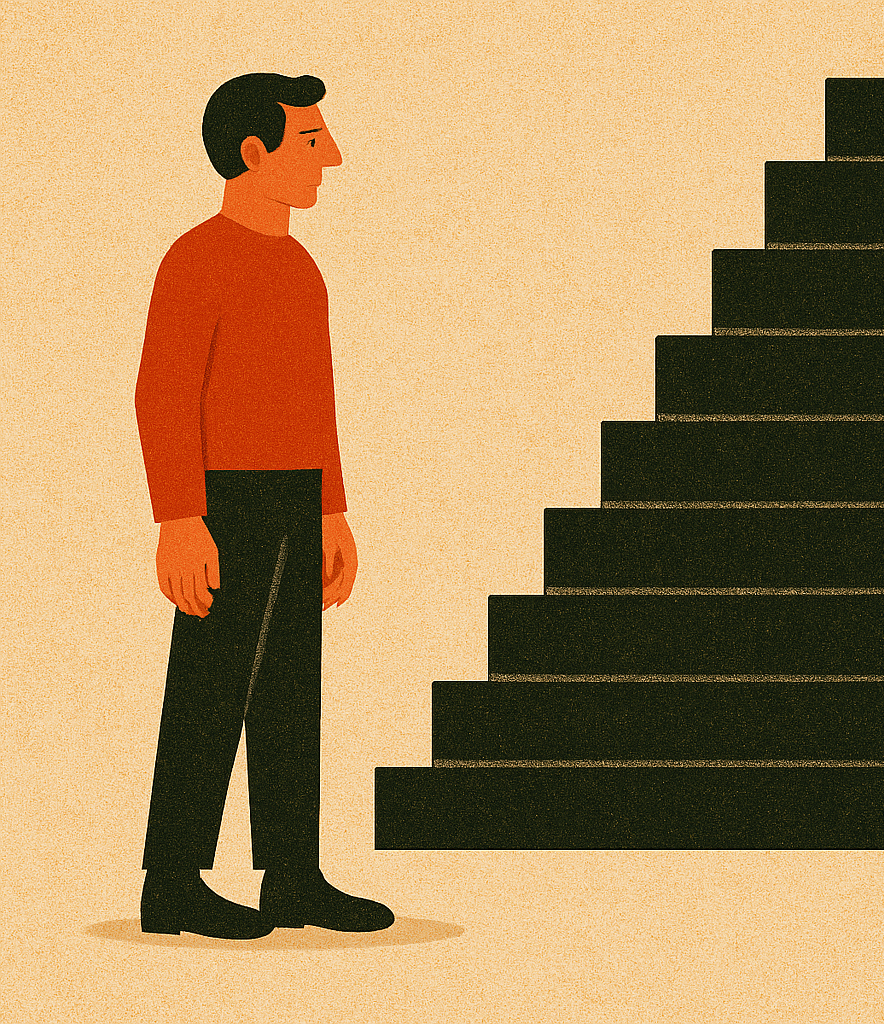
Set goals that you can believe in
First things first. Unreasonable step goals are too intimidating and will set you up for failure. So don't be unreasonable! Start where you are. How many steps do you take in a day right now? Don't know? Find out.
Now, ask yourself what would be a stretch number to hit? In this case, maybe don't aim for the stars in order to hit the moon. You're instead aiming for long-term success.
One Redditor shared, “At first, I didn’t even aim for 5k and thought I could only do a mile” (u/Curious-Ferret-948). By setting small, achievable targets, they worked up to 10,000 steps without feeling overwhelmed.
Another approach is to set a primary goal, like 12,000 steps, and a minimum you won’t dip below, like 8,000. “There needs to be a North Star you are working toward, but also a number you’re not going to accept less than” (u/OConFit). What I like about this approach is that it keeps you motivated while allowing wiggle room for life’s unpredictability.
Stating the obvious here, but tracking is essential for building your ritual. You can be as basic or as complex as you want. You can use your phone or buy a pedometer, smart watch, or fitness tracker. “You simply need the inputs… to plan and budget” (u/OConFit).
The Steps Per Day Calculator can help you find your baseline and choose a benchmark that feels right for you. Use a step counter — phone, pedometer, or fitness tracker — to monitor your progress in an app or spreadsheet. (see the link for one option).

Set times to walk
Don't expect you'll find time to walk. Instead, make time. Break your goal into chunks, and set aside time (or times) for dedicated movement.
One Redditor found that “three 30 min walks, once in the morning, during lunch, and in the evening” got them to 7,000–8,000 steps, leaving them “proud and accomplished” (u/Airplane_al_la_mode). Chunking your walks is a simple way to anchor moments in your day.
Mornings are the most reliable window. One user walks 7,500 steps after dropping kids at the bus stop, noting it’s “the only time of the day over which I possess a modicum of control” (u/sirgrotius). I've got three kids at three different schools, but there's a window after the first hops on the bus that I can get at least 30 minutes of walking in. As a result, the morning walk has become a staple in my own routine.
Though I don't always get to take that walk outside, when I do, every so often I meet all kinds of friends along the way. This morning was unusually active:
Go outside for a morning walk.
— Justin Owings (@justinowings) May 15, 2025
Who knows what you'll see along the way. pic.twitter.com/PzidzQ073J
What about running? Well, for bigger step goals, a 1-hour jog can add 10,000 steps fast: “Jogging is imo the best way to add steps quickly” (u/Arrival117).
I had given up on running because of knee pain before I began chasing 5 million steps — only to discover after working up to it that, in fact, I could run pain-free now.
On the other hand, you don't have to have 30 minutes or an hour to make movement happen. Even short bursts count. One Redditor sets hourly reminders for brief strolls, reaching “close to 10k with no real effort” (u/fake-august). These dedicated moments, whether a morning loop or a lunch break lap, become rituals that ground your movement practice.
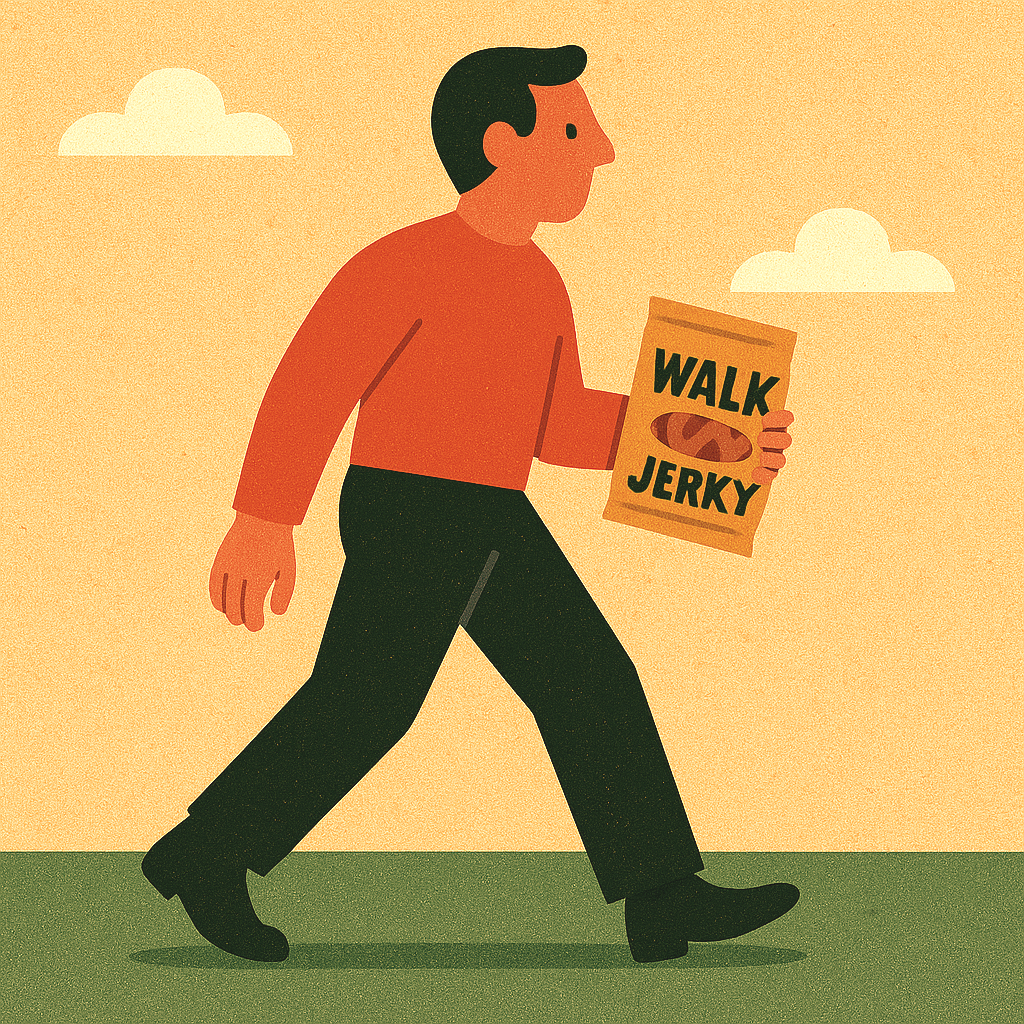
Snack on movement
You don’t always need extra time — just different habits. Everyday tasks can become step opportunities.
One Redditor walks during phone calls: “Any call I have during the day… I take the call on a committed walk” (u/OConFit). Another paces the living room while watching TV (u/teeger9).
Work breaks, commutes, or waiting at kids’ activities are perfect for steps. One user fits in two 15-minute walks at work and a 30-minute evening stroll (u/Kitten_Mittens). These moments slip into your routine without much effort.
Small choices add up too. Park farther away, take the stairs, or be inefficient at the grocery store. (One Redditor traverses his entire grocery store, covering “the outside completely… and up and down every single aisle” — u/RobbieAt2023.)
Work at a desk job in an office? Take the most meandering bathroom break, walking up or downstairs to a different building hallway bathroom. These tweaks turn daily tasks into rituals that boost your step count.

People, pets, and places
Walking with other people — or pets — can make movement double the fun.
One Redditor values walks with a partner for “just talking and communicating” (u/OConFit). Pets are a powerful motivator — one user’s 3–4 daily dog walks help her hit 23,000 steps (u/rebeccafromla).
Kids can drive steps too. One Redditor gets 8,000–12,000 from school runs and tasks, saying, “Having kids helps a lot” (u/Arrival117). When weather or safety limits outdoor walks, adapt — one user walks in Lowe’s with her goldendoodle: “I go into my local Lowe’s store and walk up and down the aisles” (u/RobbieAt2023).
Recently, Mrs. BirthdayShoes and I have gone on walks together, listening to the same podcast series at the same time (The Telepathy Tapes, if you're curious). This gives us a chance to be together, have a common experience, and feel active at the same time. We even get to fake mind reading.
Your environment shapes your rituals. One Redditor averages 19,000 steps because his walkable area makes it “very easy” (u/KnoxCastle). If your surroundings aren’t ideal, find indoor spots or nearby walkable areas to keep moving.

Use tools when you need to
You need very little to get more movement. With the right attitude and reasonably natural surfaces, you could probably get by getting loads and loads of miles in barefoot.
That said, the right tools can support your movement rituals, and there's no reason not to use technology when it makes sense.
A walking pad ($99–$150) or full-on treadmill lets you log steps indoors. One Redditor hits 10,000 during a movie, calling it “cozy cardio” (u/secret_redditor1993). Without a pad, another gets 20,000 steps by noon “walking circles around my house” (u/LXS_R).
Many people have figured out how to use a standing desk and treadmill to log steps while working. I've done this plenty of times, though I confess: I don't love typing while walking unless it's short bursts of text. Your "mileage may vary" here, and if walking while working works for you, great.
Given the focus of BirthdayShoes is minimalist footwear, I default to wearing shoes that are zero-drop, foot friendly, flexible, and lightweight. My most recent go-to shoes have been the Xero Shoes HFS (review) while on the treadmill. Outside, assuming weather's been good, recent go-to footwear has been a sandal — the huaraches-styled LUNA Mono (review).
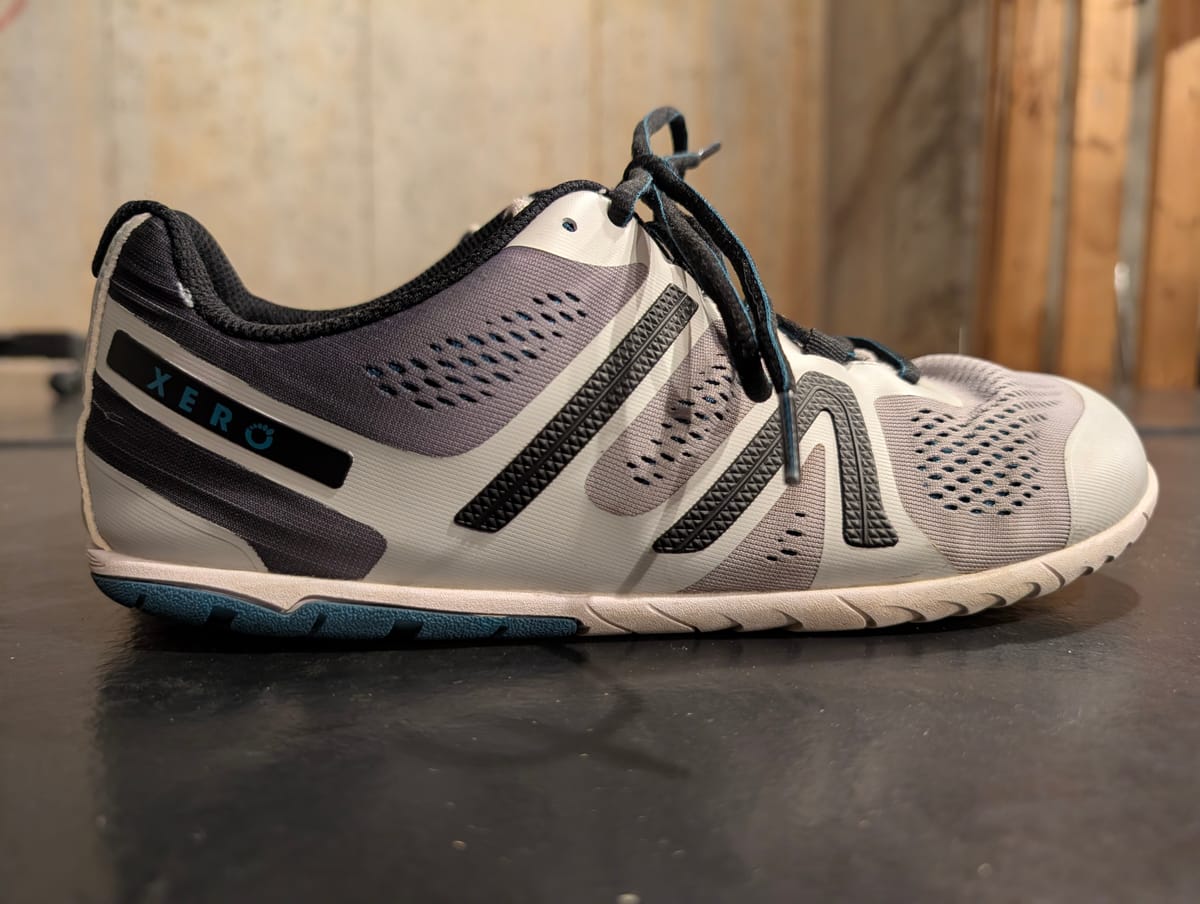
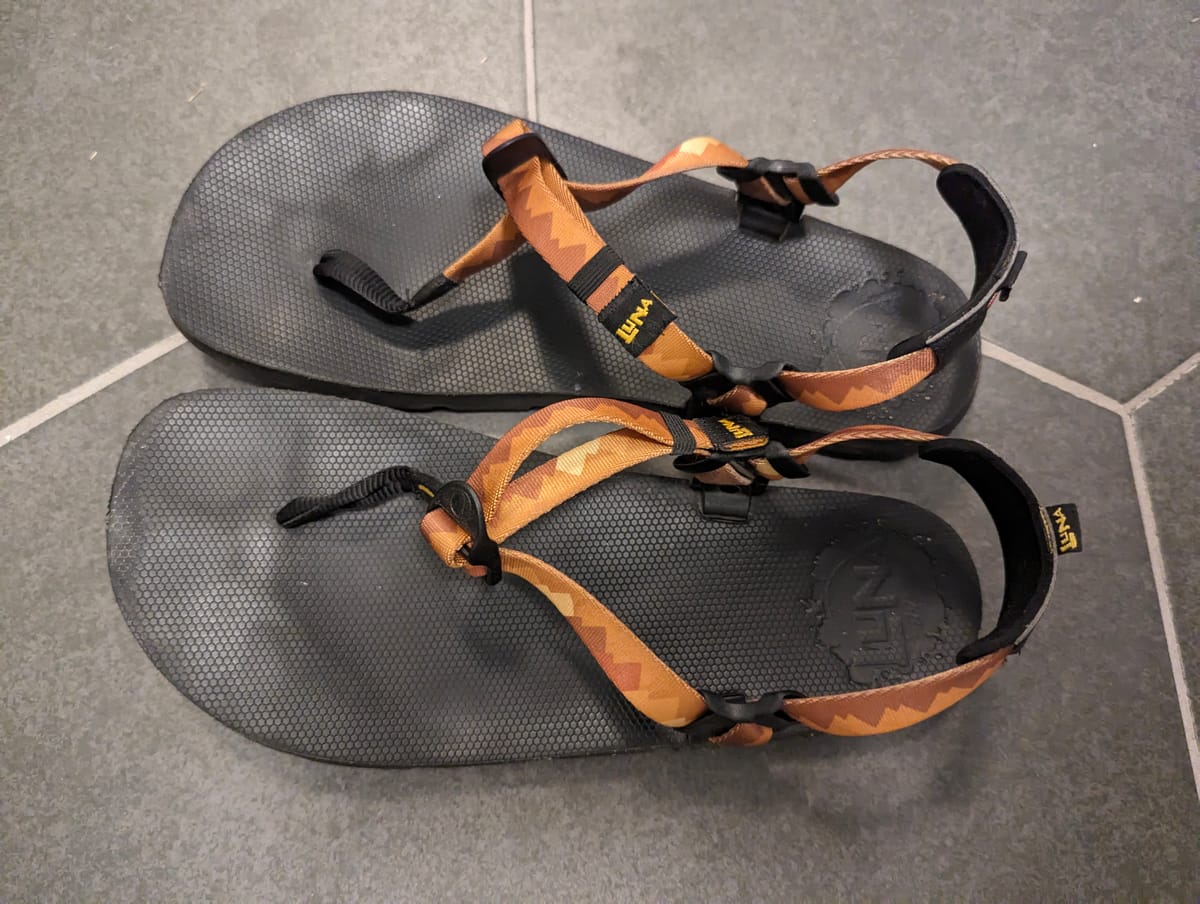
As BirthdayShoes readers know, minimalist shoes encourage natural movement by getting out of the way of the natural function of the foot. They are lightweight and great for all kinds of surface. There are lots of minimalist footwear options for hiking too.
I'll hold on rehashing the benefits of more foot-friendly footwear here — and if you're new to the concept, here's a decent place to start.
Make movement a game
Adding steps can feel like a creative challenge, a game where you outsmart your routine. Make movement play, and you'll move more.
Look for hidden opportunities — walk to a farther coffee shop, can you pace during a podcast, or turn waiting time into wandering? It’s about spotting those moments and making them count. r/walking is full of people who have set to hitting multiple tens of thousands of steps in a single day — as many as 50K in a day or more. I've never done that, but reading their stories gets me thinking.
The big shift comes from treating movement as a puzzle. Challenge yourself to add 1,000 steps before lunch or explore a new route.
Being creative within constraints is fun, keeping things interesting. You reframe from dreading a step goal to hunting for clever ways to meet your benchmark.
Stay open, curious, and accrue small victories. Perfection is not the goal — which brings me to the last tip.
Finally, show grace to yourself (and keep going)
Lastly, my biggest strategy for success is a simple one: Show a little grace and patience to yourself, and get back up when you inevitably stumble.
A life that's healthy, happy, and strong doesn't come by following a rote set of rules or behaviors. Remember: Real life's a mess and when you start doing things, reality pushes back.
So when you trip or fall — or twist your ankle on the day you're set to achieve your 5,000,000 step goal as I did — know that's just part of the process. Setbacks are signs you're on the right path.
Your job is to keep pushing until change happens. Keep going. You are going to win.
Steps cheat sheet
Need ideas to hit your step benchmark? Here’s a cheat sheet of practical ways to weave movement into your day, with estimated step counts based on average stride lengths (2.5 feet) and typical paces. Mix and match to suit your rituals.
🚶♂️➡️ 1-hour walk (20-minute-mile pace): ~6,000 steps. A brisk morning or evening stroll covers this. If you walk with a quicker step, you can get close to 8,000 in an hour (15-minute-mile pace).
🏃♂️ 1-hour jog (10-minute-mile pace): ~10,000 steps. Jogging packs steps into less time for big goals (180 steps/minute is a good cadence for healthy running, so at a 10-minute-mile pace for an hour, you can expect to hit about 10,800 steps!).
🛒 Grocery shopping (30 minutes, leisurely): ~2,000–3,000 steps. Walk every aisle and the perimeter.
🅿️ Parking farther away (200 feet extra each way): ~150–200 steps per trip. Do this at stores or work.
🏢 Taking the stairs (1 flight, 10 steps): ~20–30 steps per flight. Skip the elevator a few times daily.
🦮 15-minute dog walk: ~1,500–2,000 steps. Multiple pet walks add up fast.
☎️ Pacing during a 10-minute phone call: ~1,000 steps. Pop in your earbuds, and move around instead of sitting.
⚾️ 30-minute wait at kids’ practice: ~2,500–3,000 steps. Lap the field or parking lot.
🧻 Walking to a farther bathroom (100 feet round trip): ~80–100 steps. Choose the farthest one.
📺 20-minute “Netflix and 'mill” on a treadmill (or walking pad): ~2,000–2,500 steps. Move while watching a show.
Use these to build your rituals. Use the Steps Per Day Calculator to set a an annual goal you believe in, the daily and weekly steps you'll need to hit to achieve it, and use the spreadsheet to track how your steps add up toward your benchmark — if you like.

Keep moving!
Your body will tell you you’re too busy or tired. Your personal step goal will spark the rituals that take you to the church of movement.
Set a goal that excites you, carve out movement moments and keep going. One Redditor captured the transformation: “It’s crazy how something that seemed so hard seems so doable for me now” (u/Airplane_al_la_mode).
Like so many others ... like the community of r/walking Redditors ... and like me, the result of chasing a step goal, however arbitrary it is, will be a stronger you.
Now it’s your turn to set a goal (🔖 bookmark the calculator). Try one of these strategies today. Share your progress or favorite step hacks in the comments.
And join the movement here at BirthdayShoes.



